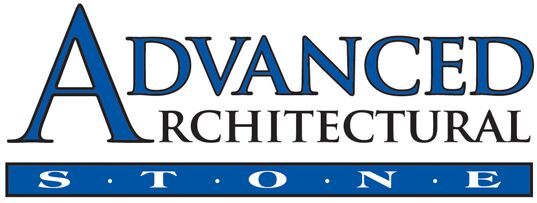Project Name: The Cassidy Building
Location: The Sundance Square, downtown Fort Worth, Texas
Product: Dry Vibrant-tamp Cast Stone
Architect: Bennett Benner Pettit Architects
General Contractor: Beck Group
Masonry Contractor: DMG Masonry
The architect for the project, Bennett Benner Pettit Architects had design vision to incorporate horizontal ribbons in the repeating pattern seamlessly integrated with contours of the building façade consisting of brick veneer and glass.
The AAS team custom fabricated cast stone panels that realized the ribbon design with precision. With the shape and tolerance of each stone piece confirmed using CAD drawings, the stone ribbons look monolithic on the building envelope. The anchorage support was pre-engineered in each stone panel simplifying the installation process.
The design of the 99,000 sq. ft. Cassidy Building feels timeless and yet contemporary at the same time.



















